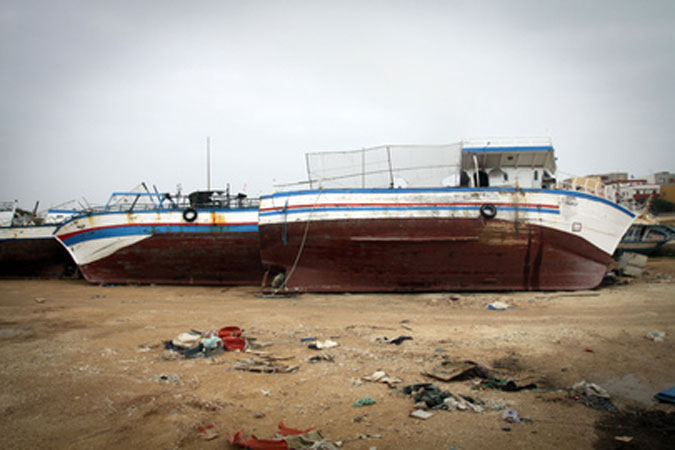International Organization for Migration: 10 proposals for a human rights-based approach to migration in Italy

In response to the recent controversy regarding the Centres for Identification and Expulsion (CIE) and the criminal offence of illegal immigration, the International Organization for Migration - IOM (Rome) has developed a series of proposals that could contribute to address some of the problems concerning the management of migration in Italy.
The proposals, drawn up from the surveys the IOM conducted in 2013 in a number of CIE, assume that the use of administrative detention for irregular migrants should be considered only as a tool of last resort in the management of migration flows. Nonetheless, the administrative detention should always remain respectful of the migrants’ rights.
In order to fulfill these goals, the IOM presented 10 pragmatic proposals:
1. Abrogate the criminal offense of illegal entry and residence;
2. Prevent the detention in CIE of those migrants who were former detainees and could have been identified in jail; cooperate with Consulates for a more time- and cost-efficient system of identification;
3. Reduce the current 18-month period of immigration detention in CIE to the strictly necessary time for identification; otherwise, the migrant should be released, if the identification cannot take place for reasons not attributable to him/her;
4. The effective implementation of the EU “Return” Directive, especially on the promotion of voluntary departure and the automatic cancellation of re-entry ban in case of collaboration;
5. Promotion of programmes for assisted voluntary return and reintegration of irregular migrants who have not committed crimes;
6. Transposition of the EU “Return” Directive with particular regard to the provision on the issuance of residence permits for compassionate reasons (psychiatric cases, ill migrants or those who have been living in Italy for a long time);
7. Elaboration of a code that unifies and standardize the treatment of migrants within CIE and other similar facilities present in the national territory;
8. Diversify the providers of the management services (especially the legal and medical ones) of the centres, aimed at the improvement of the services rendered;
9. Promote standards of transparency and accessibility to the centres through access to organizations that can provide legal and psychosocial assistance (with particular regard to victims of trafficking and unaccompanied minors);
10. Appointment of an institution / indipendent authority in charge of monitoring migrants’ rights.
The International Organization for Migration (IOM) was founded in 1951 and is the main intergovernmental organization in the field of migration. It currently has 155 permament Member States and 11 Observers. Italy is one of its founders.

